Find out how the director of Little Thief made his award winning short.
French born filmmaker Xavier Guignard moved to London in 1977 and began studying photography, film directing, cinematography, and producing. Having successfully founded and run a production company, Xavier has built up an extensive portfolio, shooting Digital, 35mm and S16mm productions, music videos for bands including Primal Scream and several viral commercials
In 2016 Xavier wrote, produced, directed and edited his latest short film 'Little Thief'. The film is a dark sci-fi thriller; a sensual and powerful satire/role reversal on some aspects of our societies cultures. In a tough and strictly regimented alternate world where women represent 80% of the population, Emma and Leo love each other but struggle to be a couple and keep faith in love.
We dived into a conversation with Xavier and Tobias Marshall (DoP on the film) to find out more about the creation of Little Thief.
Could you tell us a little bit about the concept of Little Thief and how you brought your vision to life?
Xavier: The original pitch was: It's a Sci-fi dark thriller (inspired by things such as Battle Royal, American Psycho, The Purge, Basic Instinct). A satirical role reversal. With Little Thief, I wanted to look at women's rights and the difficulty of relationships. I pitched the concept to Anne Ribiere (lead female role) and Tobias Marshall (DOP) who both jumped on board.
I always wanted to make a film set in an alternative reality. Conceptually, I think those kinds of films are very powerful and you can open discussion on difficult themes without annihilating the audiences. Twilight Zone is a great example of this as well as an inspiration for our film.
Sci-fi films are very expensive to make if it's to look good and believable. Alternative reality can be affordable, especially for a short as it doesn't specifically require special effects, this was just another element that helped form Little Thief.
We set out to tackle how we were going to create this alternative reality. One very important thing that we wanted to do was show that this alternative world was different from our actual reality by slowly divulging it to the viewer throughout the film rather than making it obvious at the beginning of the film.
We decided that it would be best to achieve this through highly stylised costumes, hair and make-up. We've worked on giving each type of character a specific look (Married Women, Married Men, Singles). They all have different hair and costumes styles to differentiate them all.
During character research Anne proposed that her character Emma start with this quote from Anais Nin: "What a mistake it is for a woman to wait for a man to build the world that she wants instead of creating it herself."; which we thought summed up the soul of the movie.
We put together a cast which has an international look as we wanted it to reflect the world in its diversity as much as possible considering the theme.
In regards to location we were fortunate to have the support of lots of people and companies, big and small. However, the script required a lot of locations which brought many logistical challenges including location moves during lunches and coffee breaks. Our crew were amazing and went all out to make it happen. We had two different restaurant locations, and thankfully they belonged to people I know so they were happy to support us. We shot in a Hotel in Liverpool Street for the office lobby scenes. Sainsbury's let us use their car park which we transformed into a Night club entrance and exit. Cedric Cirotteau working on production with us managed to convince Barratt Homes to lend us one of their show flats. With some friends lending me their office space, bedroom and living room for the remaining scenes.
Could you tell us about the production process, crew, cameras, lighting?
Xavier: We'd already worked with most of the crew on a previous shoot, so everyone worked well together and took lots of responsibility to ensure everything ran smoothly.
I'm very fortunate to have Tobias as my DOP, as he can read my mind and we also share so many influences. Having been a cinematographer myself I was very worried about if I could ever let go, but having Tobias onboard with his years of experience and incredible talent I was able to completely trust him and let go.
Tobias: The approach to the film was to create a world which although it looks familiar, somehow feels different to support the story of an alternate reality. The colour palate was choreographed between all the departments and we eliminated the colour green while pushing purple and blue. We shot with a Red Dragon at 5K with a 2.40 aspect ratio and Zeiss Ultra Prime lenses, I chose this combination as I wanted a neutral and sharp image.
Xavier had a set-in stone storyboard and although we had many scenes and locations to shoot, our shot list was precise with certain scenes taking place in one shot. The work was done in pre-production with recce's and meeting to iron out every detail.
The lighting was adapting over the course of a day within the film. I wanted the feel of the film to be mostly cold and surgical, everything lit with a single colour rather than using mixed sources to make everything look clean and modern, again to reinforce the vision of an alternate reality.
The morning scenes in the apartment were lit to be soft and cold. The office scenes were given a harder fluorescent to make it feel more sterile and factory like. The sexual side of the story comes to the forefront in the evening, which progressively becomes more golden as the evening moves on. I used 1/2 CTS on all lamps and then enhanced the gold look in post with Color Grader Chris Francis at Company 3 in London. The night scenes were given a blue cast, again to make it feel like a different world to the one we see, by using Daylight lamps but lowering the colour temperature whist shooting and then again enhancing in the grade. We wet down the set to cause reflection in the ground from practical lights and used smoke to create an atmosphere in the air. Emilio Schlappi came in to operate Steadicam on these scenes. The final night scenes in the apartment were lit to look as if from modern halogen sources rather than tungsten.
Talk about the post-production process, music, editing and colour grading.
Xavier: As we are a small studio, we operate in a very commercial and corporate manner. Tom Woodall from Coda who has worked with Tobias on several occasions handled our post-supervision, ensuring our assets, deliveries and logistics were dealt with on time and to the highest standard.
As soon as we finished shooting, Anne and I started editing the movie. We were fortunate to have filmed all our planned shots from our storyboard with some extra footage too. It took us 3 weeks before we had a locked edit and start testing it on an audience. Following the test feedback, we went to Coda for a week and refined the edit. Coda then prepared everything for all the remaining post requirements.
Tobias: I have worked with Chris Francis (Colourist) at Company 3 on several productions. It is important to build up a working style, even though each film is different. I gave him some reference images for each scene and some notes to explain the concept of the lighting. We graded together over two sessions after Chris had done a first pass alone. He is always bang on right from the start so, it's great to have that time to add finesse to the final picture.
Xavier: We have worked with Tim Benjamin (Composer) extensively before with some of his music already influencing the direction of where we wanted to go. We shared our vision with Tim and let him loose. His work was mostly done on a modular synthesiser. Our music was inspired by Ligeti Lux Aeterna. The Ligeti piece was famously used in Kubrick's 2001 Space Odyssey. I still remember the face of the people we tested the rough edit with his music: "I wasn't expecting that". Straight away Tim managed to create an all-new world and move us deeply through it. Our Sound Designer (Jon Gray) and Anne, who has a lot of experience herself in this field, worked on creating different sounds to help us enhance the alternative reality/different world. Finding innovative sounds was an interesting process (check out Filmstro's royalty free music library).
Coda then put all the pieces together for us, and we were ready to face our audience.
How is the film performing?
Xavier: We completed the film on the 30th of November 2016 and started submitting it to film festivals all around the world.
With over 150 festival submissions for 2017 so far, we've already won awards in 2 festivals, Winner for Best Sci-Fi Screenplay and Best Film. It has also been nominated for Best Actress, Best Director, and Best International Short. Little Thief is also selected in competitions in other festival events.
The film will be released on VOD in December 2017 on the following platforms: iTunes, Amazon, Google Play, Vimeo. Overall, it has been a fantastic experience making this film and I could not have dreamt of having a better team of collaborators to have made it with.
Find out more about Little Thief here. You can also follow Essay Pictures on Facebook, Twitter, Vimeo and Instagram!


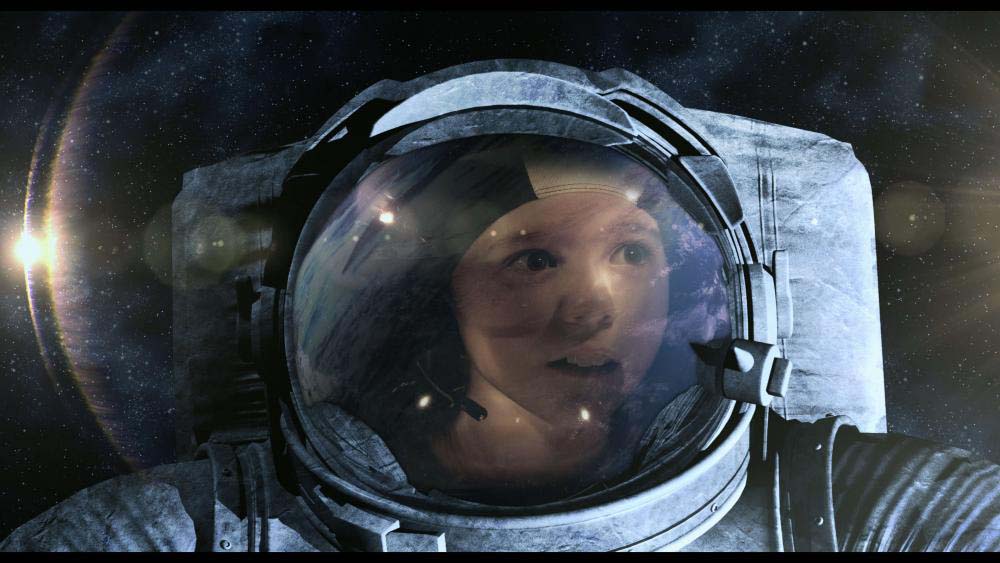
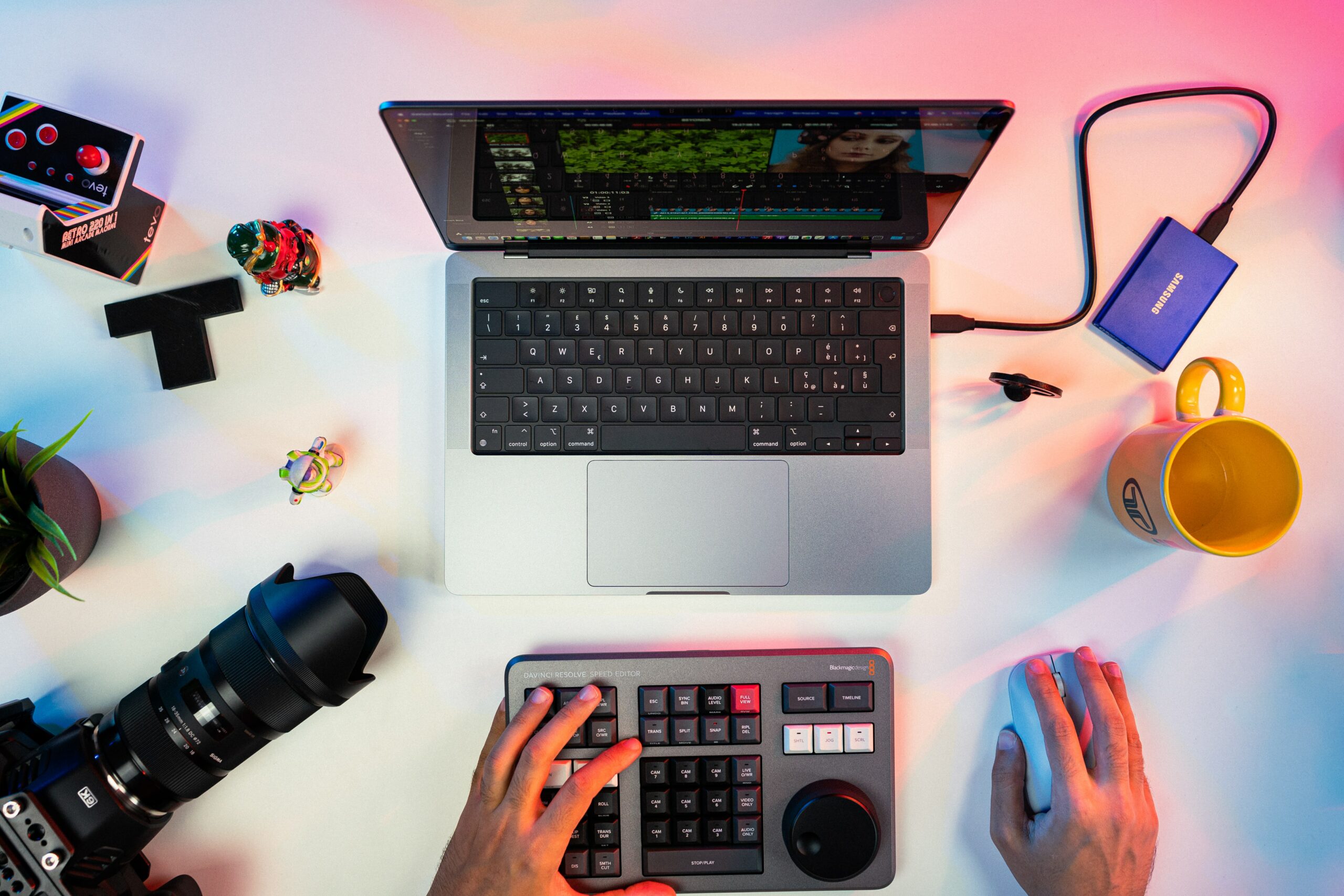
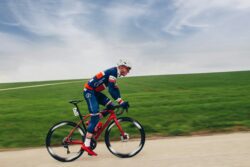
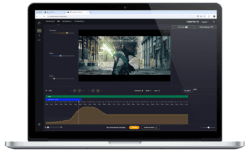


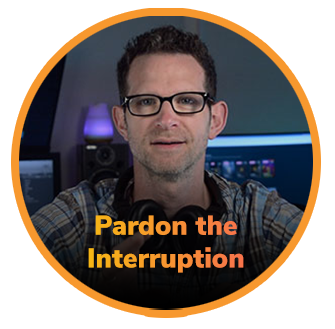



 Continue with Google
Continue with Google